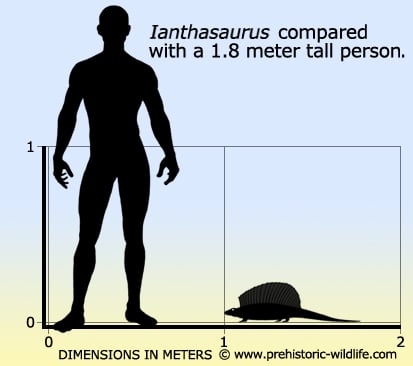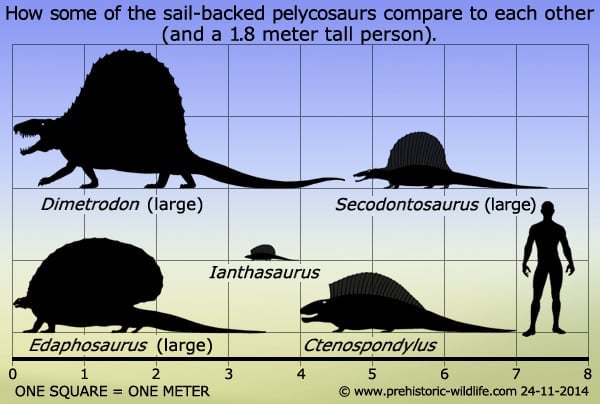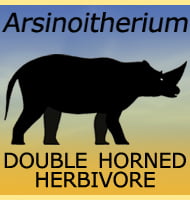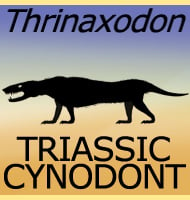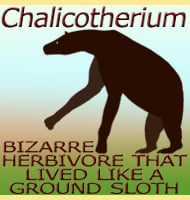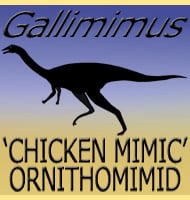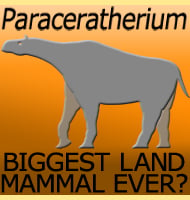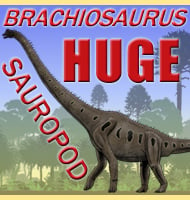In Depth
In the simplest terms, Ianthasaurus was a smaller and earlier relative to the famous Edaphosaurus, However with this said there were many differences. First and perhaps most obviously is that generally Ianthasaurus were not as advanced in their physical developments, not surprising given that Ianthasaurus appeared in the Carboniferous whereas Edaphosaurus appears in the Permian.
Most different though, Ianthasaurus seems to have had a very different lifestyle as an insectivorous predator as opposed to a herbivore. The main clue to this comes from the teeth which in Ianthasaurus are very slender and conical. This is a similar tooth form to other insectivorous creatures, and rows of many fine but sharp teeth are perfect for piercing the exoskeletons of invertebrates due to the high point pressure when the teeth press against the hard shell. Ianthasaurus is also credited with having a fairly gracile build, inferring that for a pelycosaur, it was actually quite fast and agile.
Discoveries of sail-backed pelycosaurs are slowly becoming more common, and every time one is found the same old question of what was the sail for is asked. The first possible answer is thermoregulation, where the sail is flushed with blood to trigger either body heating in the sun, or cooling in the wind. Second plausible answer is display, where different forms of sail and perhaps colours between species and genera allow an individual to recognise another of its kind. Either one of these, and indeed both of them can be right. Ianthasaurus may actually help us to understand the origin of the sails of some pelycosaurs. With a lightweight build and teeth that are very much like those of insectivores, the evidence lends more towards an invertebrate hunting lifestyle for Ianthasaurus. Invertebrates and pelycosaurs have both been interpreted as ectothermic, which means that they rely upon the ambient temperature of their surroundings to raise and lower their body temperature accordingly. This also means that early in the morning, when temperatures are only starting to rise, both invertebrates and pelycosaurs would have been sluggish (slow) in their movements while their bodies heated up. But a predator with a sail on its back, say Ianthasaurus, would have a larger surface area to expose to the sun, meaning that it could warm up and become more active much earlier than those without. It terms of Ianthasaurus, it would have been able to get going and hunt down invertebrates that were still too sluggish themselves to get away. By gorging themselves on invertebrates in the morning, Ianthasaurus would then be able to spend the warmer periods of the day resting and digesting the results of their breakfast hunting.
Further Reading
- Ianthasaurus hardestii n. sp., a primitive edaphosaur (Reptilia, Pelycosauria) from the Upper Pennsylvanian Rock Lake Shale near Garnett, Kansas - Canadian Journal of Earth Sciences 23 (1): 77–91. - Robert R. Reisz & David Berman - 1986.
